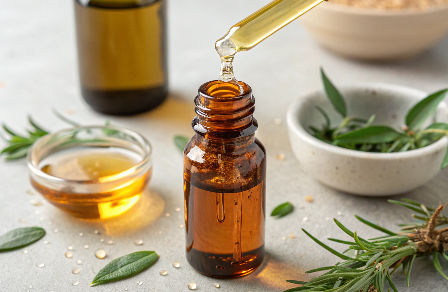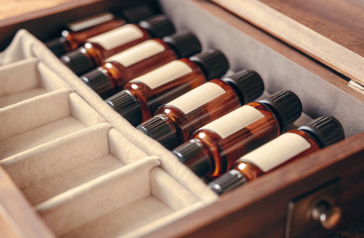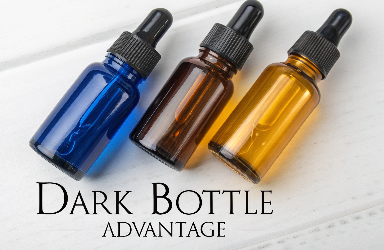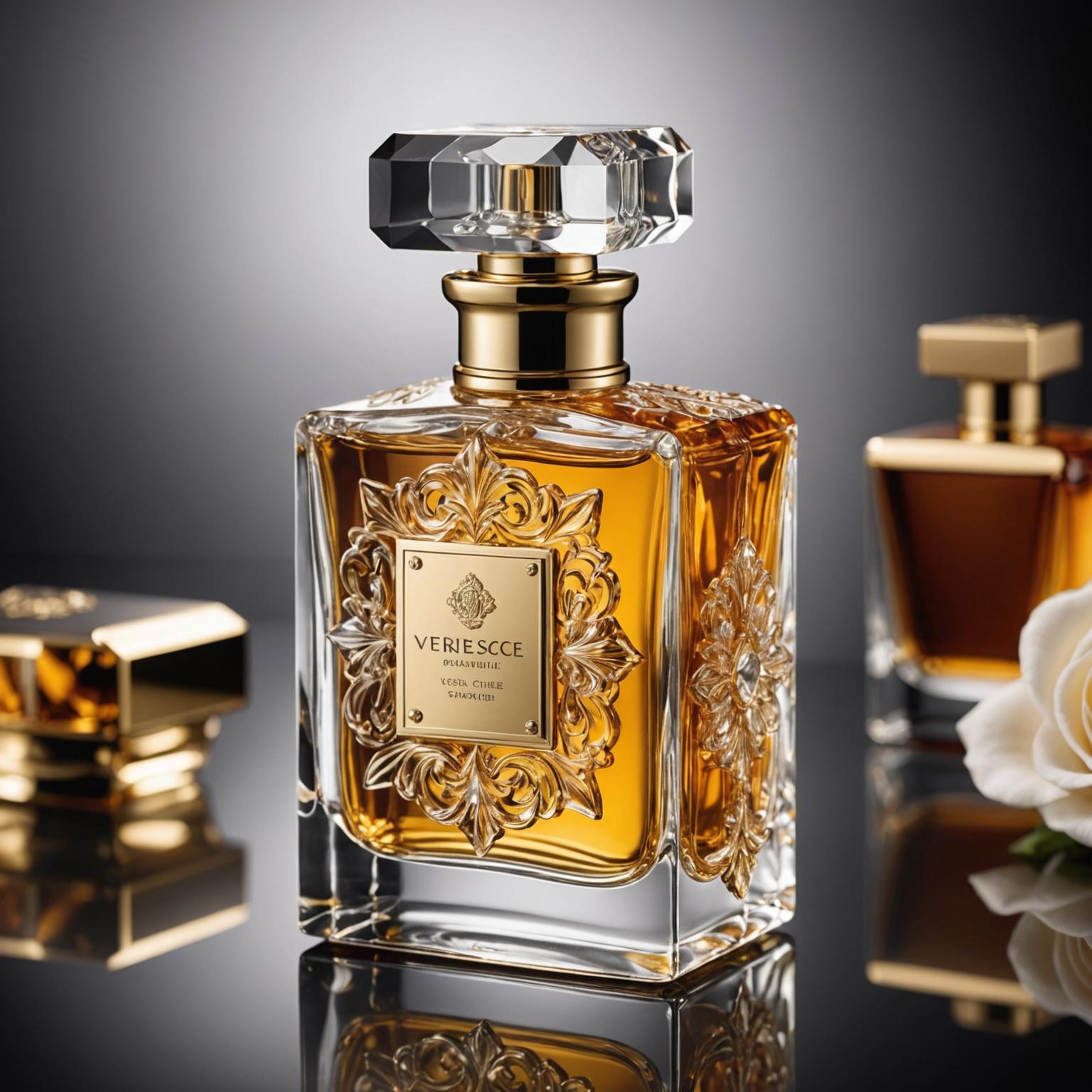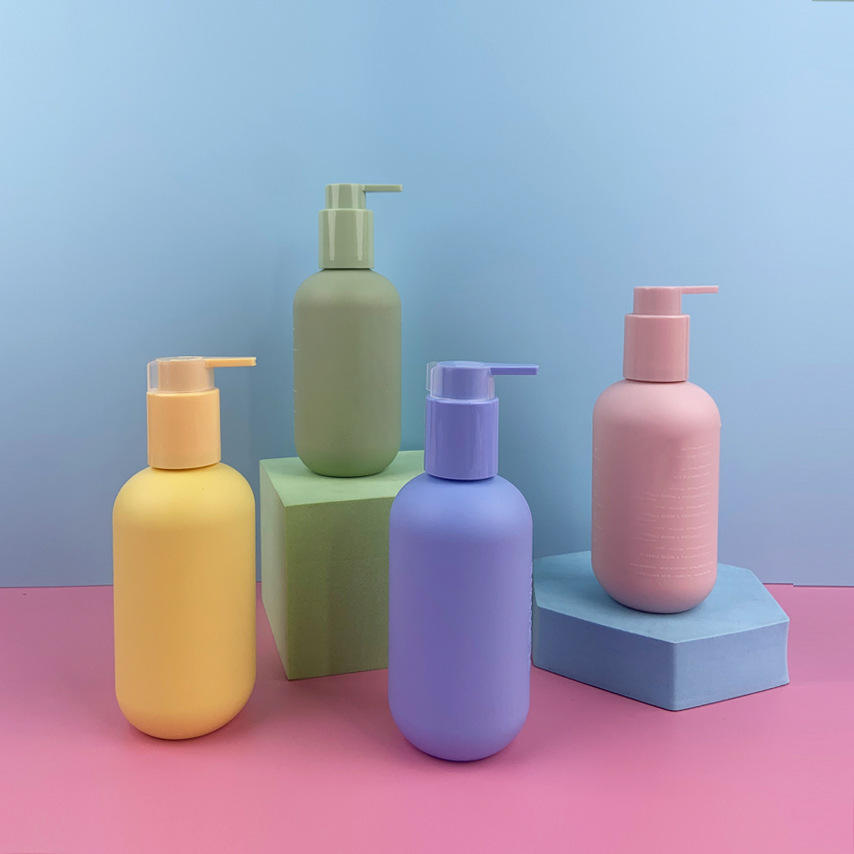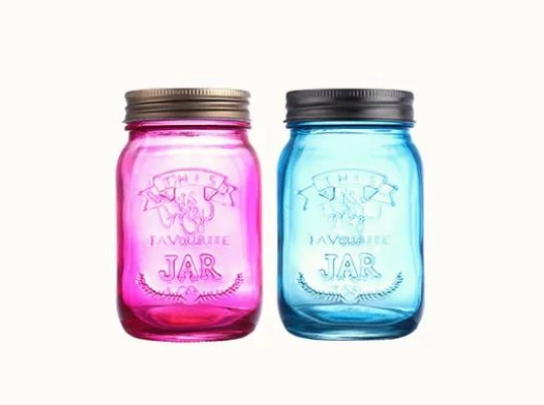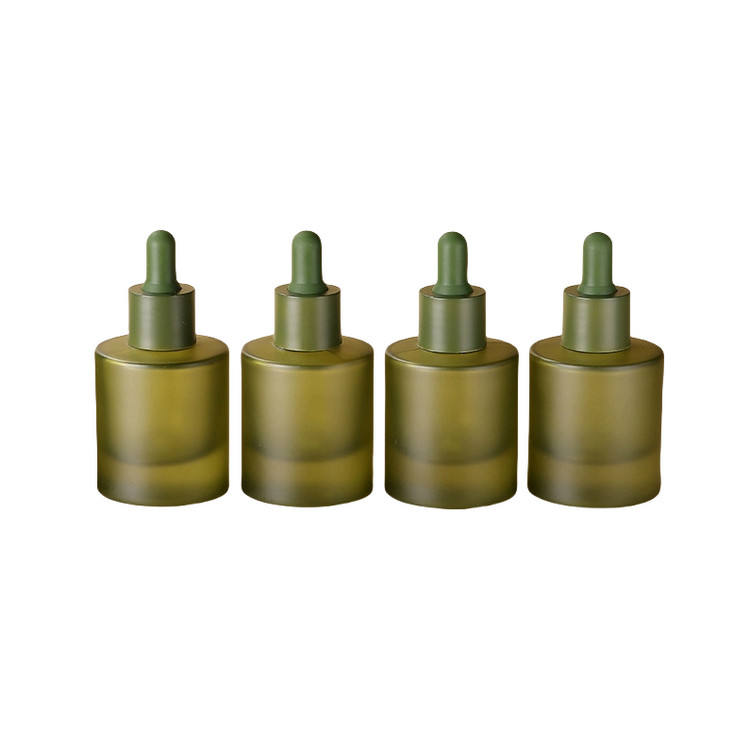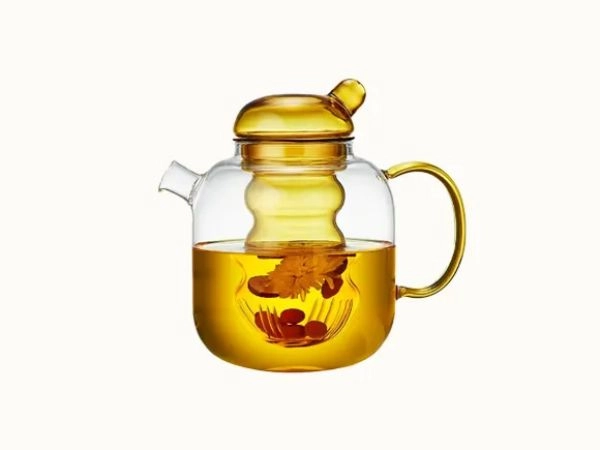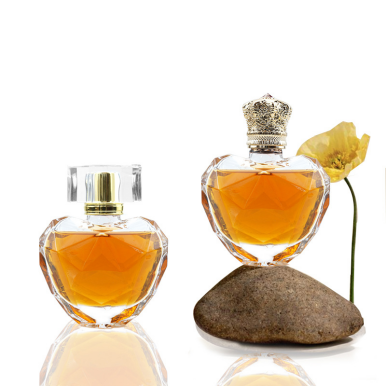Exposure to light, heat, and air can silently destroy your essential oil investment.
To maintain quality, essential oils should be stored in airtight, dark-colored glass bottles in a cool, dry place away from sunlight and heat.
If you’ve spent time and money sourcing or formulating essential oils, the last thing you want is for oxidation, UV damage, or temperature fluctuations to sabotage your product. Whether you're blending oils for your spa brand, selling on Amazon, or creating wellness kits, good storage is non-negotiable. Here's everything you need to know to protect your oils—and your reputation.
What is the best way to store essential oils?
Too many brands lose product potency before it even hits the shelf.
The best way to store essential oils is in amber or cobalt glass bottles, tightly sealed, in a cool, dark place to protect them from light, air, and heat.
Dive Deeper: The 3 Elements That Ruin Essential Oils
Essential oils are volatile compounds—they evaporate quickly, react with their environment, and degrade if not properly protected. Here’s what to avoid:
1. Light (UV Radiation)
Sunlight breaks down the chemical compounds in essential oils, weakening scent and therapeutic properties.
Solution: Use amber or cobalt blue bottles. These block out harmful UV rays. At PauPack, our UV-protective essential oil bottles are industry-grade and available from 5ml to 100ml—perfect for wholesale or private label.
2. Air (Oxidation)
Every time a bottle is opened, oxygen rushes in. Oxygen causes oils to oxidize, changing their aroma and reducing efficacy.
Solution: Always keep bottles tightly capped. Consider dropper caps or euro dropper inserts to control exposure.
3. Heat
Heat accelerates evaporation and degradation, especially with citrus oils like lemon or bergamot.
Solution: Store oils in a drawer, cabinet, or even a dedicated cool box—not on a sunny shelf.
At PauPack, we help brands minimize these risks by offering air-tight sealing systems and tamper-evident closures that support long-term shelf life and professional presentation.
What is the 30 50 20 rule for essential oils?
A blend without balance is like a perfume without a heart.
The 30-50-20 rule refers to blending ratios: 30% top notes, 50% middle notes, and 20% base notes to create a stable, harmonious scent.
Dive Deeper: Crafting Balanced Aromatherapy Blends
Essential oil blends are more than just “what smells good together.” They’re structured like a song:
| Layer | Function | Common Oils | Ratio |
|---|---|---|---|
| Top Note | First impression, fast to fade | Lemon, peppermint, eucalyptus | 30% |
| Middle Note | Body, emotional tone | Lavender, rosemary, tea tree | 50% |
| Base Note | Depth, longevity | Sandalwood, frankincense, patchouli | 20% |
Why does this matter for storage? Because different oils have different shelf lives. Top notes oxidize the fastest, meaning they’ll degrade faster if exposed to air or heat.
Using PauPack’s essential oil packaging with secure dropper caps and light-blocking bottles helps maintain the delicate structure of these blends over time.
Should essential oils be kept in dark bottles?
Clear bottles may look clean—but they expose your product to danger.
Yes, essential oils should be kept in dark-colored bottles (amber or cobalt blue) to protect them from UV light that can degrade the oil’s quality.
Dive Deeper: Why Dark Glass Is a Must-Have
Let’s compare the impact of different bottle colors:
| Bottle Color | UV Protection | Recommended? |
|---|---|---|
| Amber | Excellent | ✅ Yes |
| Cobalt Blue | Good | ✅ Yes |
| Frosted/Clear | Poor | 🚫 No |
| Opaque Black | Excellent | ✅ (but less natural look) |
Material Matters:
-
Glass is non-reactive, ideal for long-term storage.
-
Plastic is a no-go for pure EOs—over time, the oils will degrade the plastic and leach chemicals.
At PauPack, we offer custom-colored essential oil bottles with logo printing, metallic collars, and various dropper styles. Whether you want a clinical look or a luxury vibe, we’ve got your packaging covered—literally.
Should you store essential oils in the fridge?
Refrigeration can help—but it’s not always necessary.
Storing essential oils in the fridge can extend shelf life, especially for citrus oils, but they should be brought to room temperature before use to avoid condensation.
Dive Deeper: When Refrigeration Helps
Best Candidates for Cold Storage:
-
Citrus Oils (lemon, orange, grapefruit): Prone to fast oxidation.
-
Carrier Oils (jojoba, rosehip): Can go rancid more easily.
Tips:
-
Keep oils in airtight, moisture-proof containers to prevent condensation.
-
Use a dedicated fridge if possible—EOs are strong-smelling and can affect food.
When NOT to Refrigerate:
-
If you don’t use EOs often, the fridge helps.
-
But for daily use or when blending, constant cooling and warming causes condensation that can degrade oils.
Pro Tip from PauPack: Store high-turnover oils in your cabinet and backup stock in a cool storage unit or mini-fridge with humidity control.
Conclusion
To protect your essential oils and your brand’s quality promise, store them in airtight, dark glass bottles in a cool, dry place—because proper storage is the first step to long-lasting potency.




